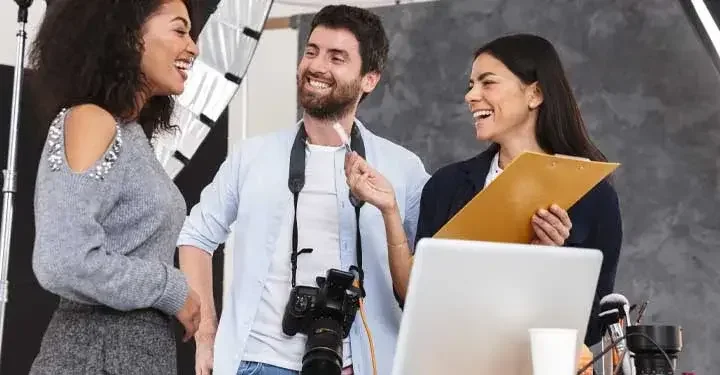Whether you are on a professional shoot with your high-quality camera or just using your cell phone, you should acquaint yourself with the inner workings of a media release form before you push that shutter button. You don't want to be in a position where you have snapped the perfect shot but forgot to have your subject give you permission to actually use it. Start making media release forms part of your pre-shoot preparation.

Privacy and publicity laws
The difference between privacy and publicity laws is not always clear. Privacy laws address where and when you can capture a person's likeness. Publicity laws govern how their likeness can be used.
Whether you are a professional or amateur photographer or videographer, you probably already know that you cannot go onto private property to take a photo or recording of someone without their permission. What may not be clear is that you cannot take pictures, videos, or voice recordings of someone who is inside a private residence or area, even if you are standing on a public street looking in. When people are in public spaces and out in the open, privacy laws do not apply, so you do not need permission to capture anyone's likeness.
Once you have snapped your photo or recorded your video, you may keep it and use it for editorial purposes. This means that you can publish someone's likeness when you are doing so for an educational, informational, or newsworthy reason. However, you do need permission to publish when it is for commercial gain. Everyone has the right to control the use of their likeness when that use is for the benefit of someone else. This is known as the right of publicity, and laws vary from state to state.
When and how to use a media release form
If by publishing someone's likeness you will benefit in any commercial capacity, you will need written permission. Their likeness includes their image, drawing, painting, voice, or name. Publishing for commercial use means that you are using a person's likeness to promote ideas, products or services. This includes images you are selling, want to post on your website, are promoting your services and, most certainly, anything that will be used for advertising.
A model release form provides the means for your subject to give their permission for publication. If your subject is a minor, a parent or guardian will have to sign a release form for minors. By signing a release form, the subject waives their right to control, edit or approve the usage of their likeness for the photo(s) covered in the agreement. They are also waiving any rights to royalties or compensation that would result from the publication of their likeness.
In short, planning ahead and having a signed media release form will always work in your favor.

